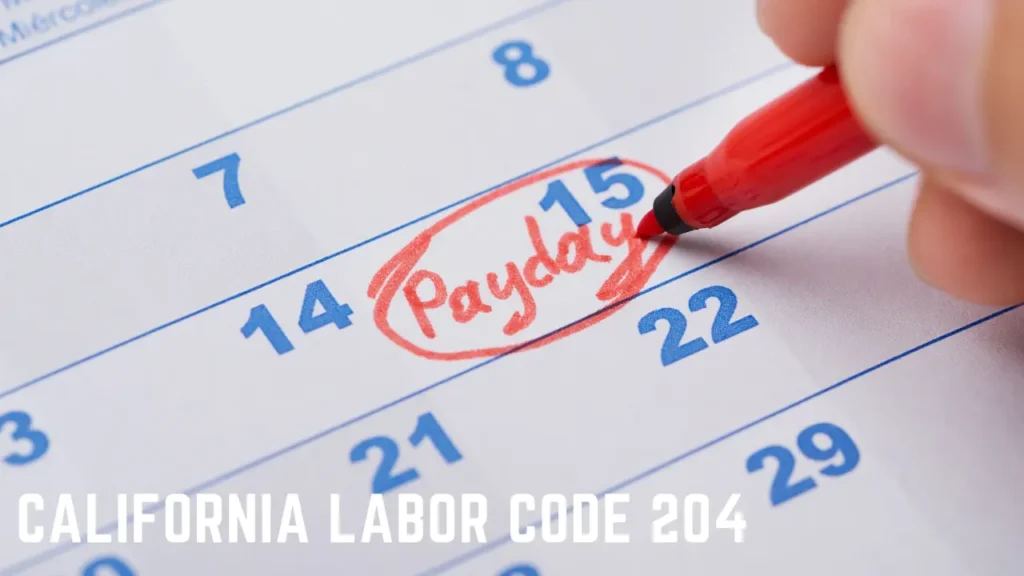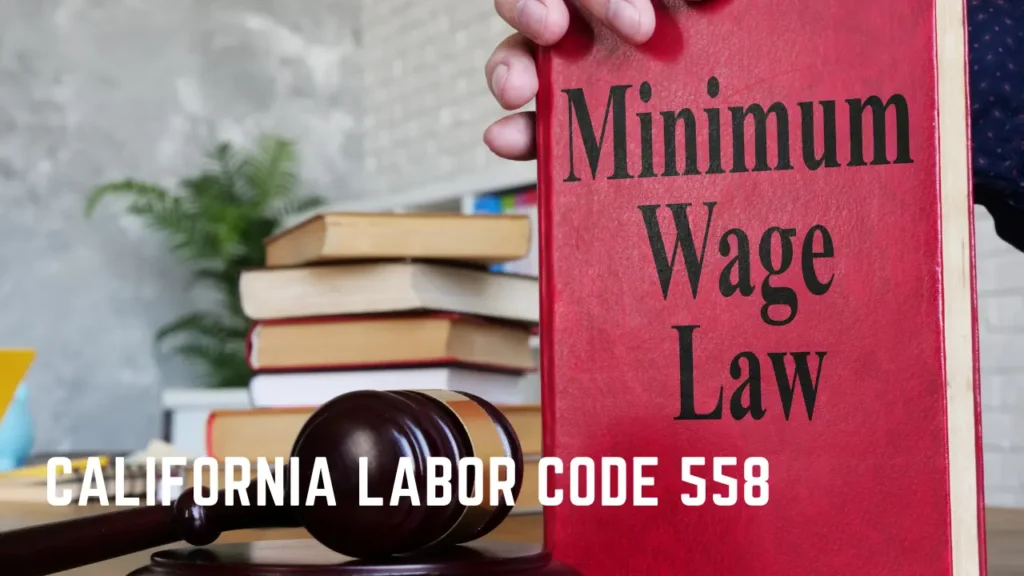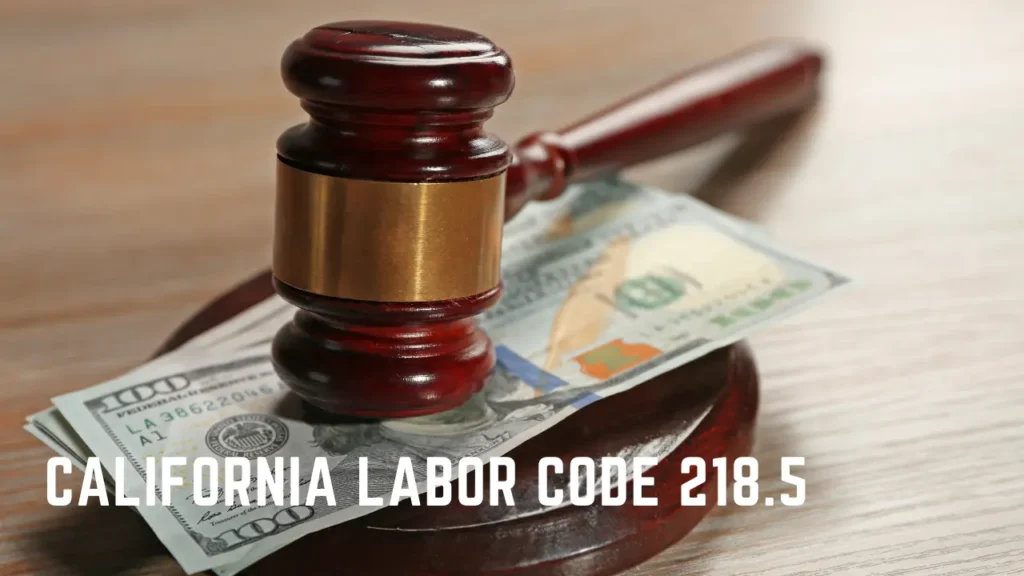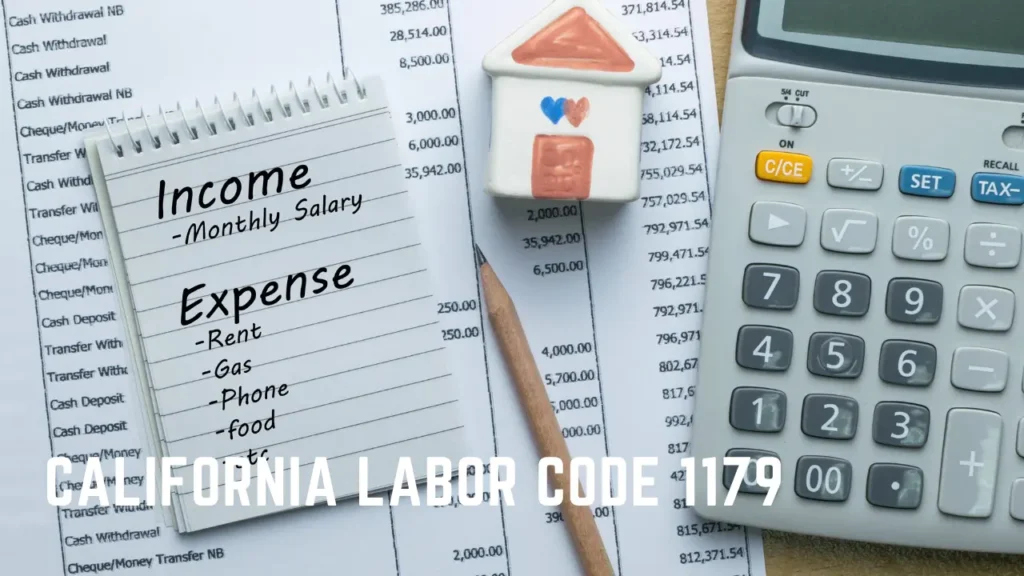Table of Contents
ToggleHowever, a comprehensive understanding of these regulations is not just a matter of legal compliance, but also one of fairness and sustainability in the workplace. As we navigate through the labyrinth that is Labor Code 510, we will uncover the subtleties that affect compensation and the legal implications of non-compliance.
Understanding California Labor Code 510
To fully grasp the implications of California Labor Code 510, it is essential to understand its primary provisions and how they impact overtime compensation for non-exempt employees.
This regulation mandates overtime pay at 1.5 times the regular rate if an employee works over 8 hours in a day, or over 40 hours in a week, and double-time pay for working more than 12 hours in a day or on the seventh consecutive day.
There are exemptions for alternative workweek schedules agreed upon by employers and employees. Additionally, commuting in employer-owned vehicles for ridesharing purposes is not considered work time, thus exempt from overtime calculations.
Understanding these nuances is crucial for both employers and employees to ensure fair compensation practices are upheld.
Basics of Overtime Compensation
Having established a foundational understanding of the California Labor Code § 510, we now turn our attention to the specifics of overtime compensation, a crucial element in this regulation.
- Overtime compensation is mandated for any hours worked beyond the standard 8-hour workday or 40-hour workweek.
- The rate of overtime pay is typically 1.5 times the regular rate of pay for the first four hours of overtime, and double the regular rate for any hours worked beyond 12 in a single day.
- Certain exemptions apply, such as alternative workweek schedules that have been approved by a two-thirds majority of employees in a secret ballot election.
- The calculation of overtime pay must include all remuneration, such as non-discretionary bonuses and piece-rate earnings.
Double-Time Pay Calculation
Under the provisions of California Labor Code 510, double-time pay, equivalent to twice the regular rate of remuneration, is required for any hours worked in excess of 12 within a single day. This means for every hour beyond the 12th, the employee is entitled to double their standard pay.
To calculate double-time pay, an employer must determine the employee’s regular rate of pay, then simply multiply this figure by two. For example, if an employee’s regular rate is $15 per hour, their double-time rate would be $30 per hour.
It’s crucial to note that double-time pay is not just an employer’s discretion, but a legal obligation under the aforementioned labor code section, aimed at discouraging excessive work hours and protecting employee welfare.
Example Scenarios for Pay Calculation
Building on the understanding of double-time pay calculation, let’s now examine a series of example scenarios that illustrate how pay is calculated under different work conditions as per the California Labor Code 510.
- Standard Workday: An employee working 9 hours earns regular pay for 8 hours and 1.5 times pay for the extra hour.
- Long Workday: If an employee works 13 hours, they earn regular pay for the initial 8 hours, 1.5 times pay for hours 9-12, and double time for the additional hour.
- Seventh Consecutive Day: An employee working 7 consecutive days earns double time for all hours on the seventh day.
- Alternate Workweek: Employees on approved alternative workweek schedules, such as four 10-hour days, are exempt from daily overtime rules.
Exploring Alternative Workweek Schedules
Alternative workweek schedules pose an interesting variation to the typical 8-hour workday, offering certain exemptions from the usual overtime rules stipulated in the California Labor Code 510. These schedules, often consisting of four ten-hour days, allow employees to work longer hours per day but fewer days per week.
This flexibility can be beneficial to both employers and employees, reducing commuting time and providing a better work-life balance. However, it’s important to note that these alternative schedules should be regularly adopted by the employer and approved by a two-thirds vote of affected employees in a secret ballot election.
Workers on these schedules are not subject to standard overtime rules, unless they work over the designated hours in their alternative arrangement.
Exemptions in Collective Bargaining Agreements
While the alternative workweek schedules offer a unique approach to managing work hours, another crucial aspect to understand within the framework of California Labor Code § 510 is the role of exemptions in Collective Bargaining Agreements. These agreements, negotiated between the employer and labor union, can modify the application of overtime rules in certain situations.
- Unionized Employees: Overtime rules may not apply to unionized employees if the collective bargaining agreement expressly provides for the wages, hours of work, and working conditions of the employees.
- Applicable Rates: The agreement must specify the overtime rates to be applied.
- Clear Terms: The terms must be clear and unambiguous.
- Compliance with State Standards: Despite any modifications, the agreement must still meet the overall standards set by the state in terms of total compensation and worker protections.
Overtime Rules for Alternative Schedules
In the landscape of California labor law, the application of overtime rules undergoes significant changes when dealing with alternative workweek schedules. Normally, employees are entitled to overtime pay if they work over eight hours in a day or 40 hours in a week. However, with alternative schedules, employees may work more than eight hours in a day without receiving overtime, provided the total weekly hours do not exceed 40.
Common examples include four 10-hour days or three 12-hour days. This exemption allows employers greater flexibility in scheduling while still complying with labor laws. These special provisions are outlined in Labor Code 510 and must be carefully adhered to, to avoid violations and potential penalties.
Commuting Time and Ridesharing Exemptions
Navigating through the intricacies of California Labor Code 510, one encounters specific exemptions related to commuting time and ridesharing in employer-owned vehicles. These exemptions have been established to address the complex nature of commuting and its impact on the workday.
- Commuting time in employer-owned vehicles is generally not considered compensable work time. This is particularly true when the commute is part of a ridesharing arrangement.
- Ridesharing programs are encouraged for their environmental and traffic reduction benefits. Consequently, they are exempt from being counted as work hours.
- However, this commuting time exemption does not extend to cases where employees are required to carry out job duties during the commute.
- The exemption does not affect the employer’s liability for worker’s compensation in the event of an accident during the commute.
Employer Liability and Workers’ Compensation
Despite the commuting time exemption, employer liability under the workers’ compensation law remains unaffected, ensuring protection for employees in the event of an accident during the commute. The California Labor Code 510 does not absolve employers from their responsibility to provide compensation for injuries, illnesses, or accidents that occur during the course of employment.
This includes the time an employee spends commuting in employer-owned vehicles. In case of an accident, workers may be entitled to benefits including medical care, temporary or permanent disability benefits, supplemental job displacement benefits, and death benefits. Employers’ liability insurance is a crucial component of workers’ compensation, safeguarding businesses from potential financial distress due to claims.
It is vital for employers to understand their obligations under this law.
Relevant Legal Cases and References
Several landmark legal cases have shaped the interpretation and enforcement of California Labor Code 510, providing critical insights into the complexities of overtime regulations.
- Brinker Restaurant Corp. v. Superior Court (2012): This case clarified employers’ duty to provide meal breaks, affecting the calculation of overtime.
- Murphy v. Kenneth Cole Productions, Inc. (2007): The California Supreme Court ruled that pay for missed meal and rest breaks are considered wages, impacting overtime calculations.
- Gonzalez v. Downtown LA Motors (2013): This case determined that piece-rate workers are entitled to separate hourly compensation for rest periods, influencing overtime pay.
- Troester v. Starbucks Corp. (2018): The court held that de minimis doctrine does not apply in California, thus even small amounts of work time must be compensated, affecting overtime.
Conclusion
In conclusion, California Labor Code 510 sets clear guidelines for overtime and double-time payment, alternative workweek schedules, and commuting time exemptions, ensuring equitable labor practices. Understanding these provisions is crucial for both employers and employees to protect their rights and adhere to their responsibilities.
Moreover, knowledge of relevant legal cases enhances awareness of the potential consequences of non-compliance. The code, thus, fosters a fair and transparent work environment in line with California’s labor laws.














